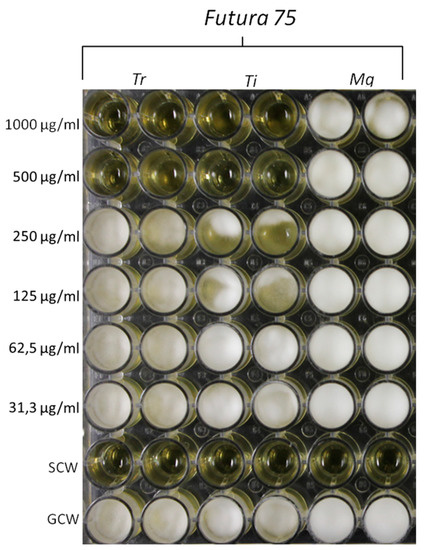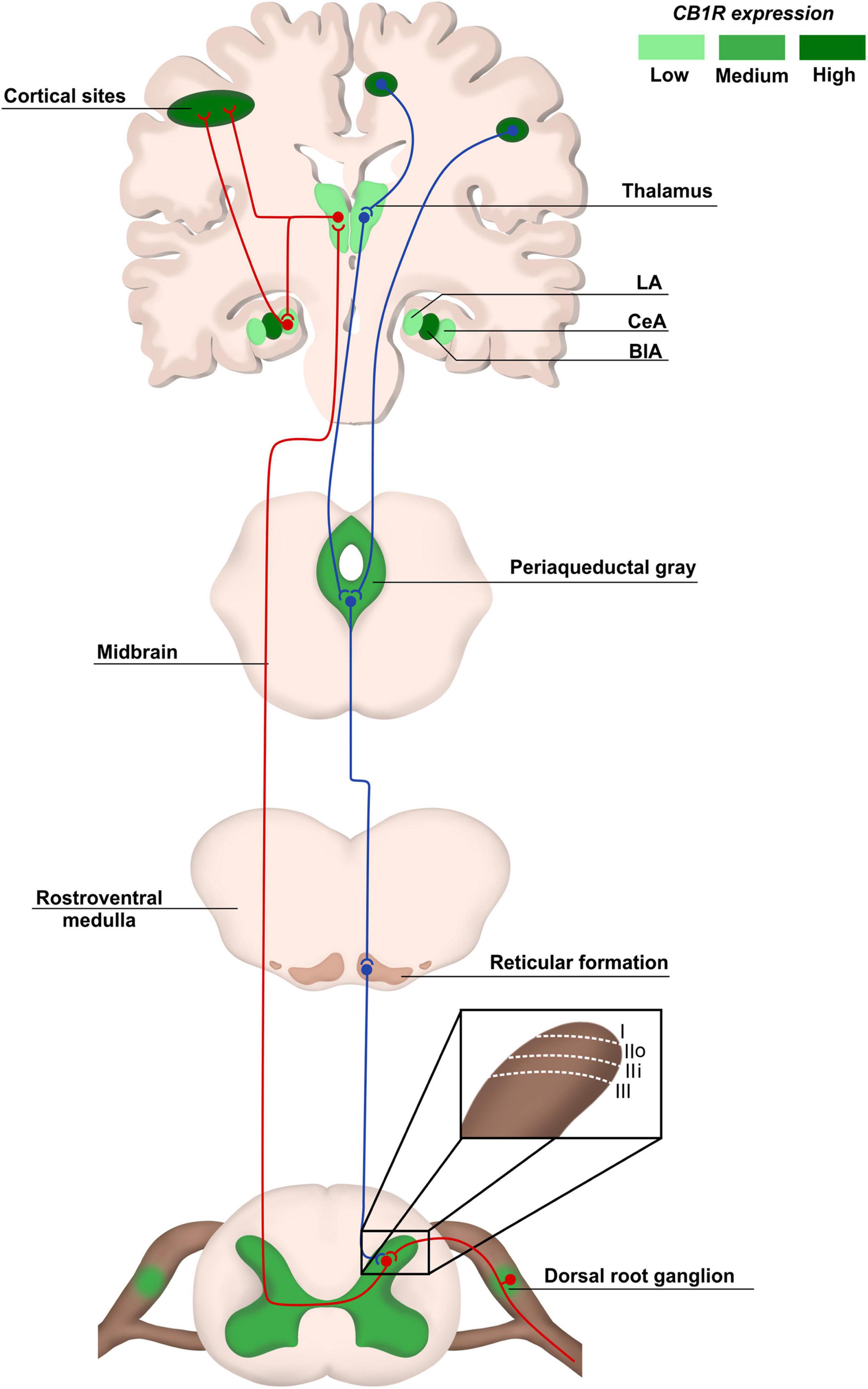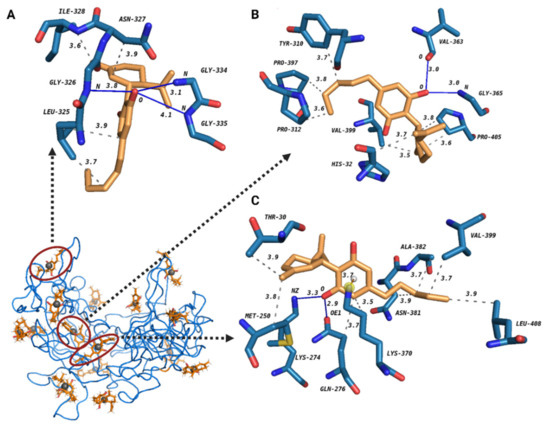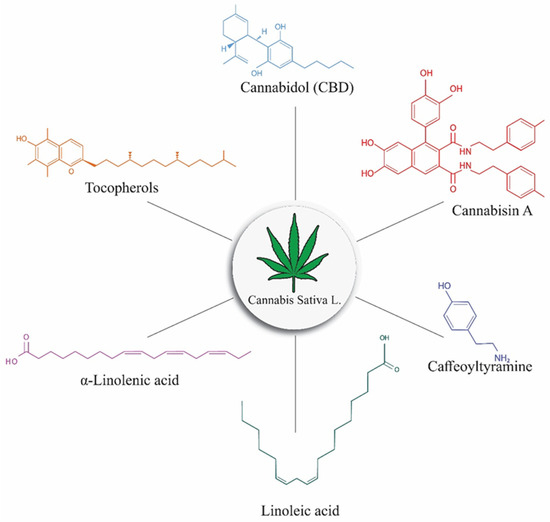
“The use of cannabis-based products for therapeutic purposes is a reality in the field of animal health. However, although cannabis is considered safe when appropriately used by human patients, cannabis-based products can pose a risk to companion animals such as dogs, depending on their composition or route of administration. Thus, this article discusses aspects of the safety and efficacy of different cannabis-based products in dogs’ treatment through an integrative review. The review was systematically performed in Medline (via Pubmed®) and Latin American and Caribbean Health Sciences Literature (LILACS) databases, with period restriction (between 1990 and 2021). The qualified articles (n=19), which met the previously established inclusion criteria, were critically evaluated. Based on the literature review, it is possible to infer safety in the administration of cannabis-based products for the treatment of dogs, especially products rich in cannabidiol (CBD), free or with low concentrations of tetrahydrocannabinol, under the conditions evaluated. In addition, CBD products potentially promote improved quality of life and reduce pain perception in animals affected by canine osteoarthritis. Finally, owing to the lack of large-scale and robust clinical research studies, the performance of clinical trials, considering the individual characteristics of each cannabis-based product (composition, concentration, nature of adjuvants, dosage form, route of administration), is strongly encouraged.”









